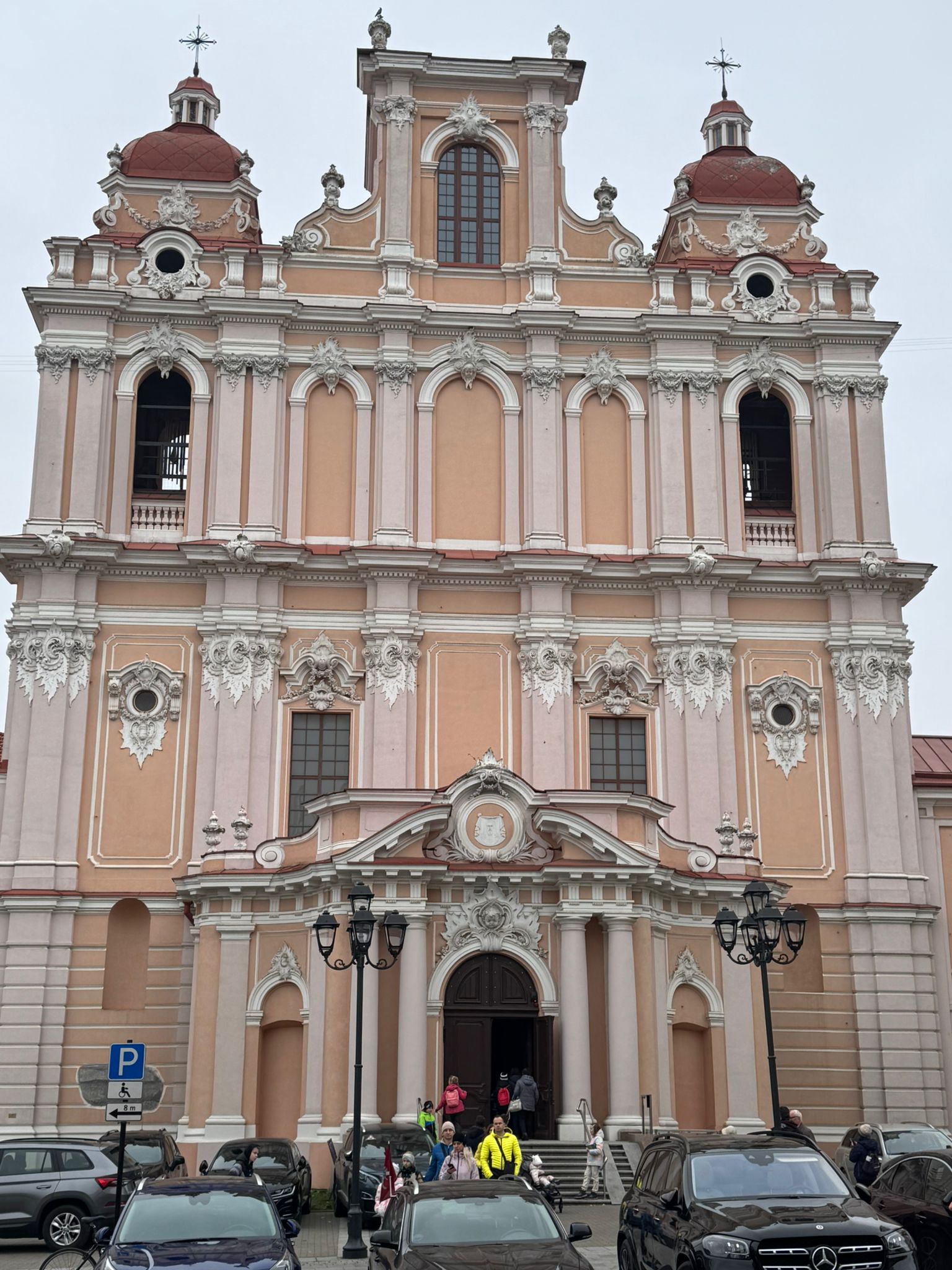St. Casimir’s Church in Vilnius

271

2

1
St. Casimir’s Church in Vilnius is the first Baroque church in the city, built in 1604 on the initiative of the Jesuit Order. Inspired by the Church of the Gesù in Rome, this architectural masterpiece is distinguished by its Latin cross plan, twin-tower structure, and six chapels.
The church's history is marked by challenges: fires, war damage, conversion into an Orthodox church, and later into a Museum of Atheism. After its restoration in 1991, it was returned to the Jesuits and became an important spiritual center and tourist attraction.
Info
-

Religious Heritage
-
Vilnius

 Entertainment
Entertainment
 Food establishments
Food establishments





























 54.677637, 25.288534
54.677637, 25.288534
 Get directions
Get directions









